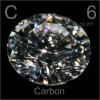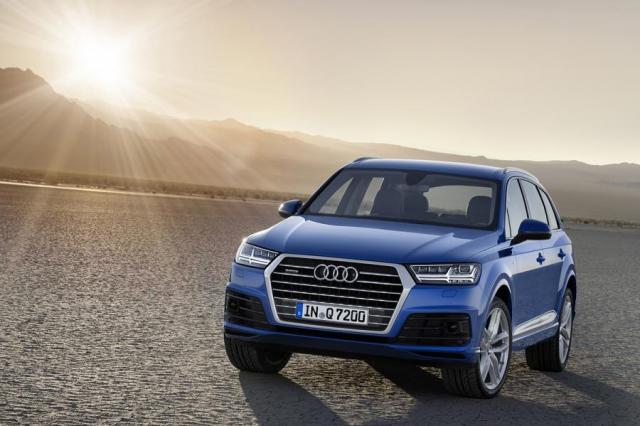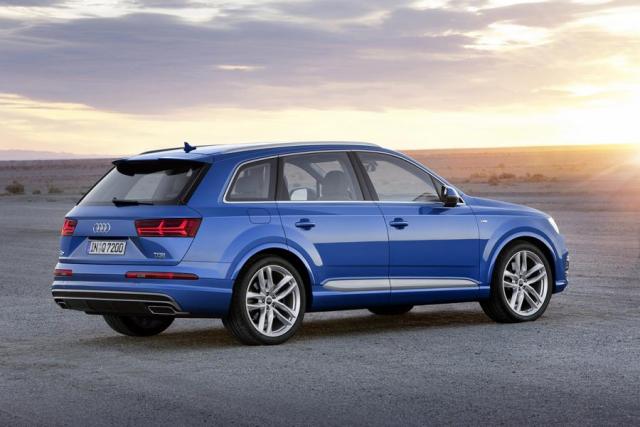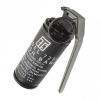Search the Community
Showing results for tags 'conti'.
-
What I notice when i go Merc/BMW/Audi showrroms is that their price on price list is so high but actually there is huge discounts almost all the time. For merc is often in the form of overtrade. So I thought I would share some discounts that I know. Of coz it is updated all the time so maybe the...
-
Hi, Let me start a new thread. Searched but no such thread yet. Test drove this weekend, it is good price for specification offered. Although engine is 1.5, I find the drive is quite spirited, should be due to EDC that is able to bring the car up to speed with its fast shift, faster than the 1...
- 353 replies
-
- 1
-

-
- renault
- renaultrenault 1.5 dci fluence
- (and 7 more)
-
At every car show or new model introduction, auto manufacturers would always come out with a long list, stating the unique features of their cars, but many a times, these features might just be forgotten over time, or simply taken for granted. These features may be a real technology break through (e...
- 243 replies
-
- 26
-

-
https://www.straitstimes.com/singapore/transport/budget-2022-buyers-of-luxury-cars-to-pay-even-higher-taxes so coming Wednesday COE up or down? 🤣🤣🤣 I think not much impact for above OMV $80,000 cars buyers 😭
-
Have to admit that this Asskana Arkana is damn sexy. Truly a French affair. Groupe Renault confirms its desire to break the rules and become the first general vehicle maker to offer an international Coupé SUV. The production vers...
- 35 replies
-
- 7
-

-
HI ALL BROS, THE NEW MONDEO LOOK STUNNING AND HAS THE ASTON MARTIN LOOK....BUT ANYONE TEST DRIVE THIS RIDE BEFORE?
- 826 replies
-
- 2
-

-

-
Weird that I never saw this before... a new gen Audi Q7 for 2015. http://www.carmagazine.co.uk/News/Search-Results/First-Official-Pictures/Audi-Q7-2015-unveiled-smaller-lighter-and-more-estate-like/ They say svelte... but that front grill
-

Bentley driver with bad overtaking skills swipes motorcyclist on CTE
chitchatboy posted a blog entry in MyAutoBlog
Here's a case of bad driving judgement gone wrong. Spotted on ROADS.sg facebook page - this red Bentley Continental blocked by a road hogger on CTE towards the City on 18/4/21. The impatient driver overtakes by filtering two lanes to the left but realises that the lane leads off the e... -
In the current haze , let us discuss which conti car has the best air con. As air con is not the same as air purifier, how do you guys stay protected? Is there such a thing as an air purifier for car?
- 190 replies
-
- 3
-

-
- mercedes-benzair con
- purifier
-
(and 1 more)
Tagged with:
-
Hi. Wonder if any bros on this tyres yet. Any feedback?
- 25 replies
-
- 1
-

-
The future design direction of new SEAT models has been unveiled tonight as the wraps have come off the all-new SEAT Tarraco. The large SUV - named after the Mediterranean city of Tarragona, a historic cultural centre with a spirit that is young and adventurous - completes the Barcelona-based manufa...
- 24 replies
-
- 9
-

-
Following Skoda with it new Octavia, the new Jetta seems to be much larger than the existing model, and likely to hit close to 4.7m in length. Design wise, I am seeing hints of Audi (headlight), Honda (grille) Ford (C pillar) and Hyundai (taillight). Hopefully the car look better in metal, just...
- 47 replies
-
- 8
-

-
- volkswagen
- jetta
-
(and 9 more)
Tagged with:
-
hi bros, I though this new land rover simply looks stunning. Its rival include F-pace, x4, glc coupe and macan. Was revealed earlier this month in UK. I guess will reach our sunny island in 2018? What you guys think?
- 61 replies
-
- 3
-

-
- land rover
- conti
-
(and 7 more)
Tagged with:
-
With the introduction of the Audi e-tron, the Audi brand presents its first fully electric production model. The mid-size SUV is electrified, performance oriented and fit for every aspect of daily life. In combination with a comprehensive range of available charging solutions for home and on the mov...
-
http://singaporeseen.stomp.com.sg/stomp/sg...gkok_green.html Look at the BMW's bonnet...... Then look at the other car's. Not much damage done to the side wor.....
-
Found that conti such as VW, Citroen and Peugeot uses dials instead of lever in japanese car to adjust seat recline angle. Why do they use that when lever is so much more convenient and faster to adjust?
-
Hi Guys, I've only owned Asian cars so far and recently feel like getting a conti car. May I know how much more does it cost to maintain a conti car say around the level of Golf GTI, C250 & X3? I'm ok with the purchase price but my friends are warning me that the real costs comes if after bu...
- 75 replies
-
- 1
-

-
- volkswagen
- volkswagencost
-
(and 4 more)
Tagged with:
-
So for the last 2 weeks in a battle to select one HB for missus Citroen C4 SX. Decided to go for a new one new as it made more sense as the depreciation is no different from used one. Below are my personal FR where most are conti based made choices with budget below 120k: 1.Opel a. Astra K: Goo...
- 192 replies
-
- 6
-

-
- hatchback budget
- hatchback
-
(and 3 more)
Tagged with:
-
Any bro know the esimate price for above mention tire and review? I'm looking at 235/45-18. Contemplating between Conti csc5 and Mic pss, looking for better grip and low noise. Thanks.
-
Hi, anyone know of workshop and stockist for Land Rover?
- 8 replies
-
- land rover
- land roverland rover
-
(and 6 more)
Tagged with:
-
Any dealer have good price for 235/55/r18? So far best quote was $230 per pc
- 10 replies
-
- 1
-

-
- mitsubishi
- tyres 18 continental
-
(and 4 more)
Tagged with:
-
Hi Bro Any idea which Japanese, Korean, Conti model usese the Aisin GB?? I know Lexus?, Citreon GP... any other??
-
Hi MCF-ers, just need to ask this question to get it over my mental calculations. Im driving a BMW 316i for close to 2years now (since Nov 2014) and im looking to change to another ride with a larger interior space (MPV / SUV / Stationwagon). I searched through Sgcarmart and find that some 2013...
-
Hey guys, I have tested a few car, kia caren, hyundai tucson, subaru forester, nissan x trail, toyota wish, grand piccasso, peugeot 5008, the japanese aircon is always the coldest, especially toyota.Anyone know why?
-
Come to think of it, I often hear people say conti car not suitable for SG climate. That's why got engine problem, breakdown,etc. And they will say better to get sushi/kimchi car instead.... But Japan has 4 seasons, and so does Korea.... just like those conti cars from Europe..... So there i...


.png)












